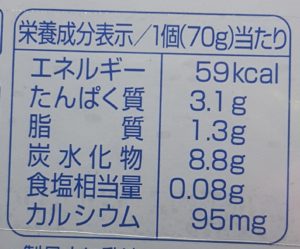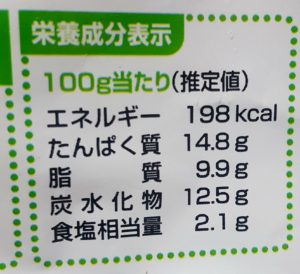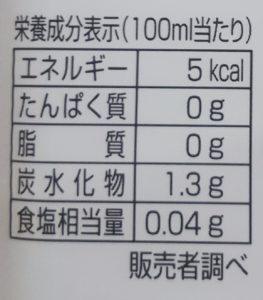Welcome to the first post of many in our new Living in Japan Series! Each post in this series will be some tips, tricks, or just information that we think will help you get by while living in Japan. To kick things off, let’s talk about the basics of nutrition labels in Japan!

It took me a year to become interested in what everything on my nutrition labels meant, which is the complete opposite of how I was in the U.S. As long as I could browse the ingredients enough to avoid things I didn’t like, I was pretty satisfied. However, recently I decided to make a change in my diet, so I figured knowing more than the word for protein would be helpful.
In this post, you will see three examples of nutrition labels. Let’s work our way from the top to the bottom!
First things first, a nutrition label is called 栄養成分(えいようせいぶん-eiyouseibun).The kanji 表示(ひょうじ-hyouji)literally means display. So it’s just letting you know that they’re going to be showing you the nutrition information.
For the examples in this post, you see xx g/ml 当たり next. This lets you know that these values are based off amount/serving. In one example, you see 推定値(すいていち-suiteichi). This just means estimated value.

Moving along, these are some common words you will see on your labels:
エネルギー — enerugi — calories
タンパク質ーたんぱくしつ — tanpakushitsuikabutsu — carbohydrates **
食塩相当量ーしょくしおそうとうりょう — shokushiosoutouryou — sodium chloride content
カルシウム — karushiumu — calcium
ナトリウム — natorium — sodium
ナイアシン — naiashin — niacin
ビタミン — bitamin — vitamin
**Sugar isn’t listed separately on nutrition labels out here thus making it a pain to know precisely how much sugar is in something for my diet.

That’s all for this post! Hopefully, this will make your trip to the grocery store slightly easier. Next time, we will look at some other common words you will find on your food products so you will be able to know how much fruit juice it contains or when it expires.
If you have any questions, please leave a comment below!